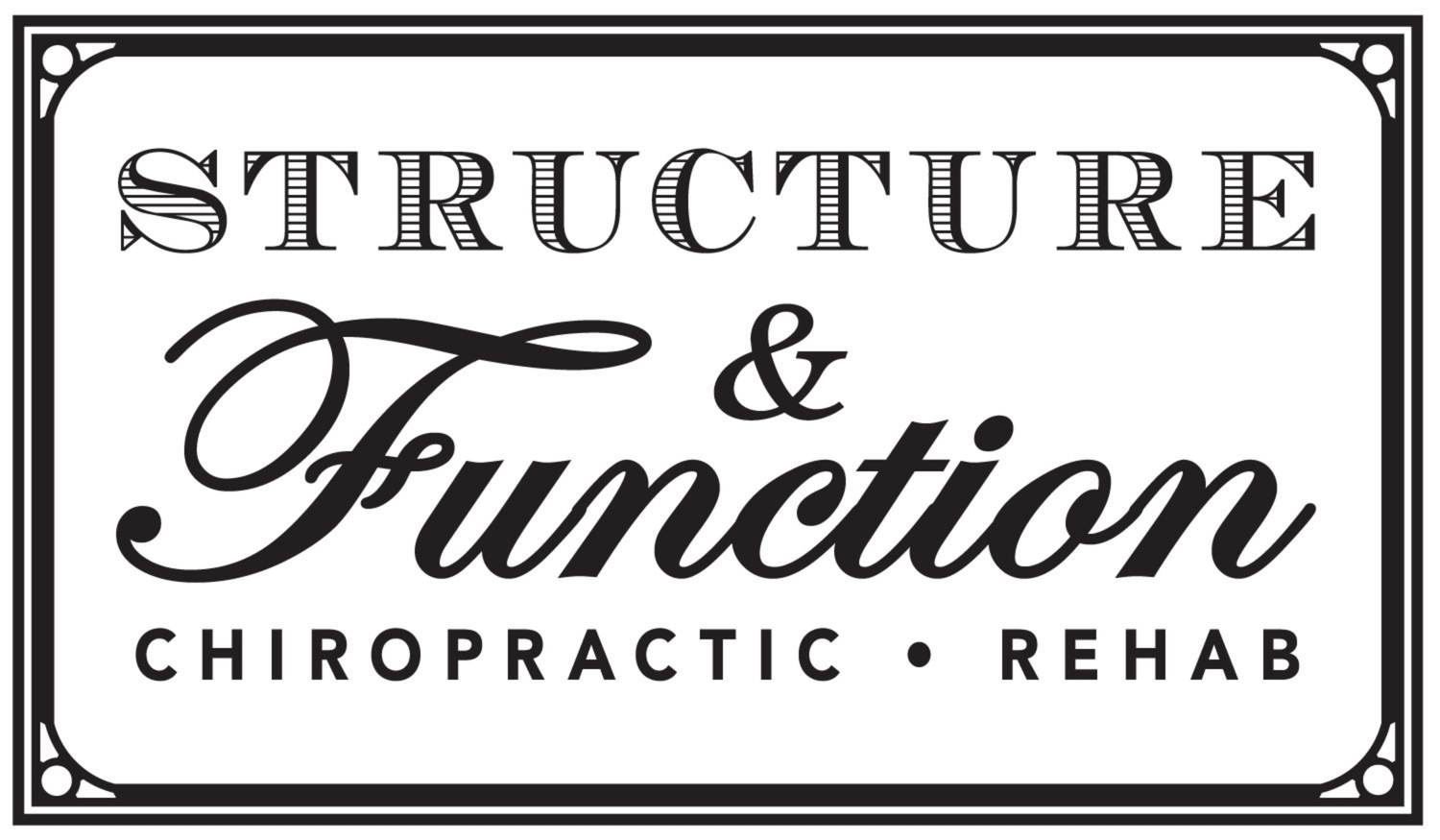What is Plantar Fasciitis?
-Definition-
Plantar- of or relating to the sole of the foot
Fascia- a sheath of fibrous tissue enclosing a muscle or other organ.
-itis- (suffix)- forming names of inflammatory disease.
-What is Fascia?-
Fascia research is a relatively new area of research. Researchers and physicians are only beginning to discover the integral role that fascia plays in the biomechanics of human movement.
Fascia is a continuous network of tissue that surrounds all of our organs, muscles, and even the cells that make up our muscles. Current literature suggests that tendons and ligaments that support our joints and allow movement are simply just a thickening of this fascia.
During dissection of the body, fascia appears as a cross mesh of web like material (collagen), commonly referred to as connective tissue. It resembles the white stuff that is present as you peel an orange!
Fascia has been proven to not only provide structure to our bodies but, be a dynamic stabilizing and neurologic responsive network as well. Amazingly, fascia is capable of stiffening or relaxing in response to the demand that we place on the joints and musculature. In fact, we see a stiffening of the fascia in the foot and lower leg when running long distances. This happens in order to decrease the amount of cellular work being done by the musculature. Awesome right!
To specifically relate this information to Plantar Fasciitis, the muscles of the lower leg, primarily Gastrocnemius and Soleus, are continuous with the Achilles Tendon and the Achilles Tendon is continuous with the Plantar Fascia or more appropriately named plantar apprenosis (expansion of connective tissue).
There are 26 bones in the foot! Therefore, it requires a lot of dynamic support (muscles/fascia) to continue the symphony of movement needed for efficient running and walking.
-What Causes Plantar Fasciitis-
When we run or exercise, we are inherently breaking down muscle/fascia causing inflammation in stressed tissues. When we rest, our body repairs or remodels itself. This repair is what makes us stronger and more efficient!
When our body fails to repair itself or we over train to a point where our bodies fail to heal sufficiently, we see a breakdown of the tissues. This breakdown is what causes chronic inflammation and pain. This is traditionally thought to be the etiology or cause of Plantar Fasciitis.
Recent literature suggests that chronic Plantar Fasciitis may result in or may actually be Plantar Fasciosis. Plantar Fasciosis is characterized by degeneration of the Plantar Fascia without inflammation present. There is still debate on the true cause of these conditions and where the line is between the two pathologies. However, we do know that Plantar Fasciitis is correlated to limited ankle dorsiflexion, flatfoot (acquired or congenital), obesity, and prolonged work-or activity-related weight bearing.
-Diagnosis-
Diagnosis of Plantar Fasciitis is typically made by first ruling out more serious pathologies of the body. Physicians rely on a history of extreme heel pain, particularly with the first steps of the day and/or after prolonged sitting. Physicians will also perform a positive Calcaneal (heel) Squeeze test over the Medial Calcaneal Tubercle (insertion of the plantar fascia) and Windlass orthopedic tests during diagnosis.
-Treatment options-
After a proper evaluation from a medical professional has been completed to rule out to a more serious pathologies (Fracture, Lumbar disc herniation, etc.) there are many treatments available for you-
Manual Therapy/Chiropractic-
Manual therapy, consisting of joint and soft tissue mobilization of the foot to increase mobility of the foot and increase calf flexibility is effective in treating individuals with heel pain/Plantar Fasciitis. In addition, manual therapy with a stretching program has been proven far more effective than stretching alone for Plantar Fasciitis.
Martin RL, Davenport TE, Reischl SF, McPoil TG, Matheson JW, Wukich DK, McDonough CM, Altman RD, Beattie P, Cornwall M, Davis I. Heel pain—plantar fasciitis: revision 2014. Journal of Orthopaedic & Sports Physical Therapy. 2014 Oct 31.
Renan-Ordine R, Alburquerque-SendÍn F, Rodrigues De Souza DP, Cleland JA, Fernández-de-las-Peñas C. Effectiveness of myofascial trigger point manual therapy combined with a self-stretching protocol for the management of plantar heel pain: a randomized controlled trial. Journal of orthopaedic & sports physical therapy. 2011 Feb;41(2):43-50.
RICE-
Rest, Ice, Compression and Elevation- This is the prevalent recommendation for all sprain/strain injuries- A plastic water bottle with at least a quarter of the contents removed and the remainder frozen in the freezer makes a great massage/ice tool-
Ice should only be performed for 20 minutes on then 60 minutes off. Repeat as necessary. Be careful not to burn your skin. A barrier between the ice and your skin is always recommended. Place a towel or keep a sock on to create a barrier between you and the water bottle.
Running form-
Consensus on proper running form is hard to come by. This is due to a multitude of variables involved in the biomechanics of running and individuals that run.
Research has shown that we can significantly decrease the amount of force that the heel and forefoot encounter with running by simply increasing our cadence or step turn over by 5% above your usual cadence.
Wellenkotter J, Kernozek TW, Meardon S, Suchomel T. The effects of running cadence manipulation on plantar loading in healthy runners. International journal of sports medicine. 2014 Aug;35(09):779-84.
Proper Shoes-
There seems to be limited supportive, independent research on shoe selection in regards to Plantar Fasciitis or injury prevention in general. Individuals should take caution in making drastic changes in their style of running shoes due to the demonstrated changes in running bio-mechanics as a result of the shoe. Drastic changes may predispose the individual to over stressing the body, which can lead to breakdown/injury. It is recommended to make small adjustments in your footwear and ease them into your training routine over time to avoid this problem.
What we know-
- Running shoes with greater shoe cushioning, greater longitudinal shoe stiffness and greater shoe comfort are associated with improved running economy.
- Running in light shoes or running barefoot reduced overall work being done by the runner when compared with running in heavy shoes. There was no difference in the amount of overall work between running in light shoes and running barefoot.
- No studies have looked at the effect of footwear on running performance using a time-trial or time-to-exhaustion test.
- Flat feet and over pronation may contribute to development of Plantar Fasciitis.
- Heel to toe drop of a selected shoe has been demonstrated to significantly change running biomechanics.
- Minimalist shoes have been demonstrated to decrease the amount of load taken by the heel while running.
- Increased cushioning has also been reported as decreasing overall shock experienced by the body.
- There is no real consensus or demonstration on the most effective running form to reduce injuries.
Shoe selection needs to be made by the individual with the assistance of a shoe specialist based on comfort and previous success with shoe selection.
Fuller JT, Bellenger CR, Thewlis D, Tsiros MD, Buckley JD. The effect of footwear on running performance and running economy in distance runners. Sports Medicine. 2015 Mar 1;45(3):411-22.
Orthotics-
Orthotics have been proven to help in short term relief of Plantar Fasciitis. Additionally, there is little demonstrated difference between over the counter orthotics and custom orthotics in this benefit.
Lewis RD, Wright P, McCarthy LH. Orthotics Compared to Conventional Therapy and Other Non-Surgical Treatments for Plantar Fasciitis. The Journal of the Oklahoma State Medical Association. 2015 Dec;108(12):596.
Night Splints-
If you experience pain with the first steps in the morning, night splints are an effective treatment for Plantar Fasciitis. It is recommended to wear the night splints for 30-90 days.
Martin RL, Davenport TE, Reischl SF, McPoil TG, Matheson JW, Wukich DK, McDonough CM, Altman RD, Beattie P, Cornwall M, Davis I. Heel pain—plantar fasciitis: revision 2014. Journal of Orthopaedic & Sports Physical Therapy. 2014 Oct 31.
Motion Restrictive Taping-
Restrictive taping of the foot can help in the short-term for treating Plantar Fasciitis. The most effective styles of taping were low dye taping and calcaneal taping. Long term effectiveness has not been properly evaluated.
“Podolsky R, Kalichman L. Taping for plantar fasciitis. Journal of back and musculoskeletal rehabilitation. 2015 Jan 1;28(1):1-6.”
Elastic Taping-
While used by many athletes, for many purposes, studies have yet to prove the effectiveness of elastic taping for the treatment of injury.
Montalvo AM, Cara EL, Myer GD. Effect of kinesiology taping on pain in individuals with musculoskeletal injuries: systematic review and meta-analysis. The Physician and sportsmedicine. 2014 May 1;42(2):48-57.
Manual Therapy/Chiropractic-
Manual therapy, consisting of joint and soft tissue mobilization of the foot to increase mobility of the foot and increase calf flexibility is effective in treating individuals with heel pain/Plantar Fasciitis. In addition, manual therapy with a stretching program has been proven far more effective than stretching alone for Plantar Fasciitis.
Martin RL, Davenport TE, Reischl SF, McPoil TG, Matheson JW, Wukich DK, McDonough CM, Altman RD, Beattie P, Cornwall M, Davis I. Heel pain—plantar fasciitis: revision 2014. Journal of Orthopaedic & Sports Physical Therapy. 2014 Oct 31.
Renan-Ordine R, Alburquerque-SendÍn F, Rodrigues De Souza DP, Cleland JA, Fernández-de-las-Peñas C. Effectiveness of myofascial trigger point manual therapy combined with a self-stretching protocol for the management of plantar heel pain: a randomized controlled trial. Journal of orthopaedic & sports physical therapy. 2011 Feb;41(2):43-50.
Acupuncture-
There is little research on Acupuncture and Plantar Fasciitis, but thus far, findings have not shown little benefit or harm.
Cox J, Varatharajan S, Côté P, Optima Collaboration. Effectiveness of Acupuncture Therapies to Manage Musculoskeletal Disorders of the Extremities: A Systematic Review. Journal of Orthopaedic & Sports Physical Therapy. 2016 Jun;46(6):409-29.
Corticosteroid Injections-
Corticosteroid injections may decrease acute symptoms of Plantar Fasciitis. This effect has been observed to decrease with time.
Li Z, Yu A, Qi B, Zhao Y, Wang W, Li P, Ding J. Corticosteroid versus placebo injection for plantar fasciitis: A meta-analysis of randomized controlled trials. Experimental and therapeutic medicine. 2015 Jun 1;9(6):2263-8.
Platelet Rich Plasma Injections-
This emerging treatment option may be as effective as corticosteroid injections without the vanishing effects in the treatment of Plantar Fasciitis.
Jain K, Murphy PN, Clough TM. Platelet rich plasma versus corticosteroid injection for plantar fasciitis: A comparative study. The Foot. 2015 Dec 31;25(4):235-7.
Shockwave Therapy-
Shockwave therapy has been demonstrated to have a 50-65% success rate for Plantar Fasciitis.
Hsiao MY, Hung CY, Chang KV, Chien KL, Tu YK, Wang TG. Comparative effectiveness of autologous blood-derived products, shock-wave therapy and corticosteroids for treatment of plantar fasciitis: a network meta-analysis. Rheumatology. 2015 Apr 6:kev010.
Surgery-
Looking at the evidence, it is impossible for me to make a recommendation on this topic due to the multiple procedures utilized by surgeons. Chronic non-responsive Plantar Fasciitis may see benefit from these procedures. Due to the invasive nature of surgery, I would urge individuals to exhaust all conservative care options before surgery.
-Conclusion-
Research on fascia is just emerging. Keeping yourself healthy through a nutritious diet, plenty of sleep, decreasing emotional stress, and finding an exercise routine that is appropriate for your current ability can go a long way in preventing injury and assisting your body’s natural ability to heal itself.
Thank you for your time! I hope that you have found the above information helpful. If you have any further questions, please don not hesitate to contact me. I look forward to assisting you.
Kindly,
Dr. Otto Geiseman IV DC, CSCS
(734) 335-3635
Structure & Function Chiropractic and Rehab
595 Forest Suite 7B
Plymouth, Mi. 48170

